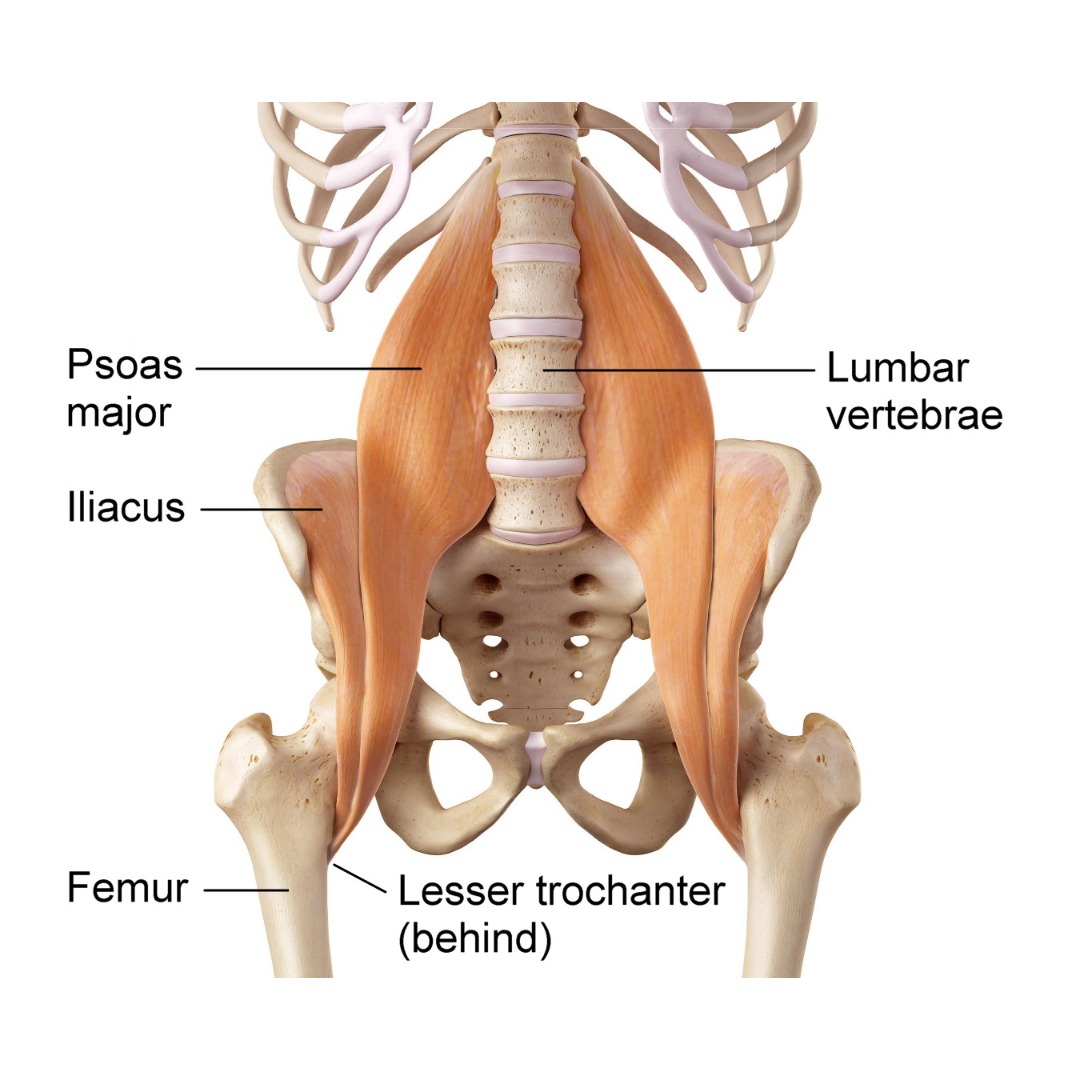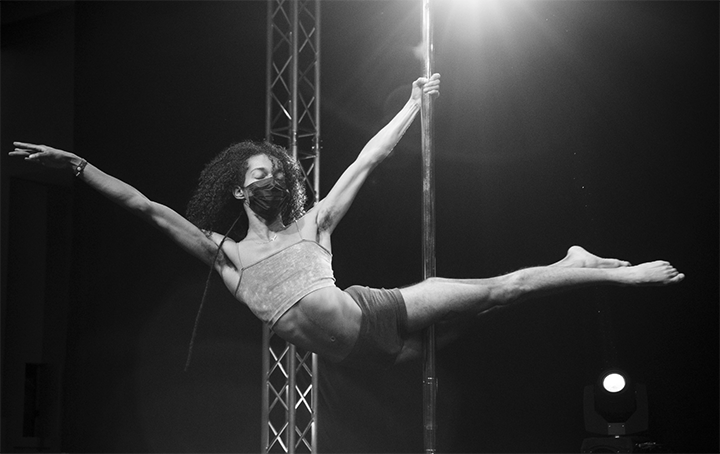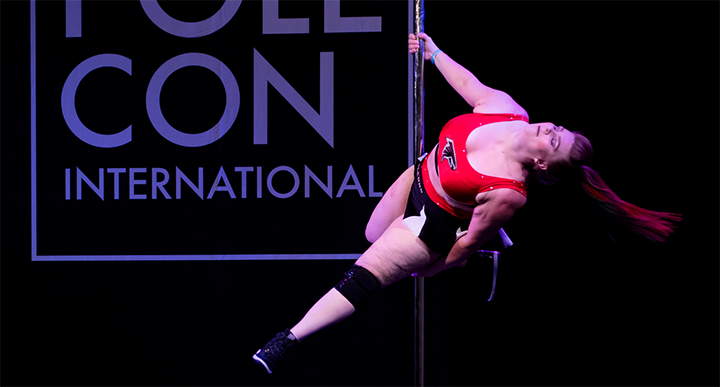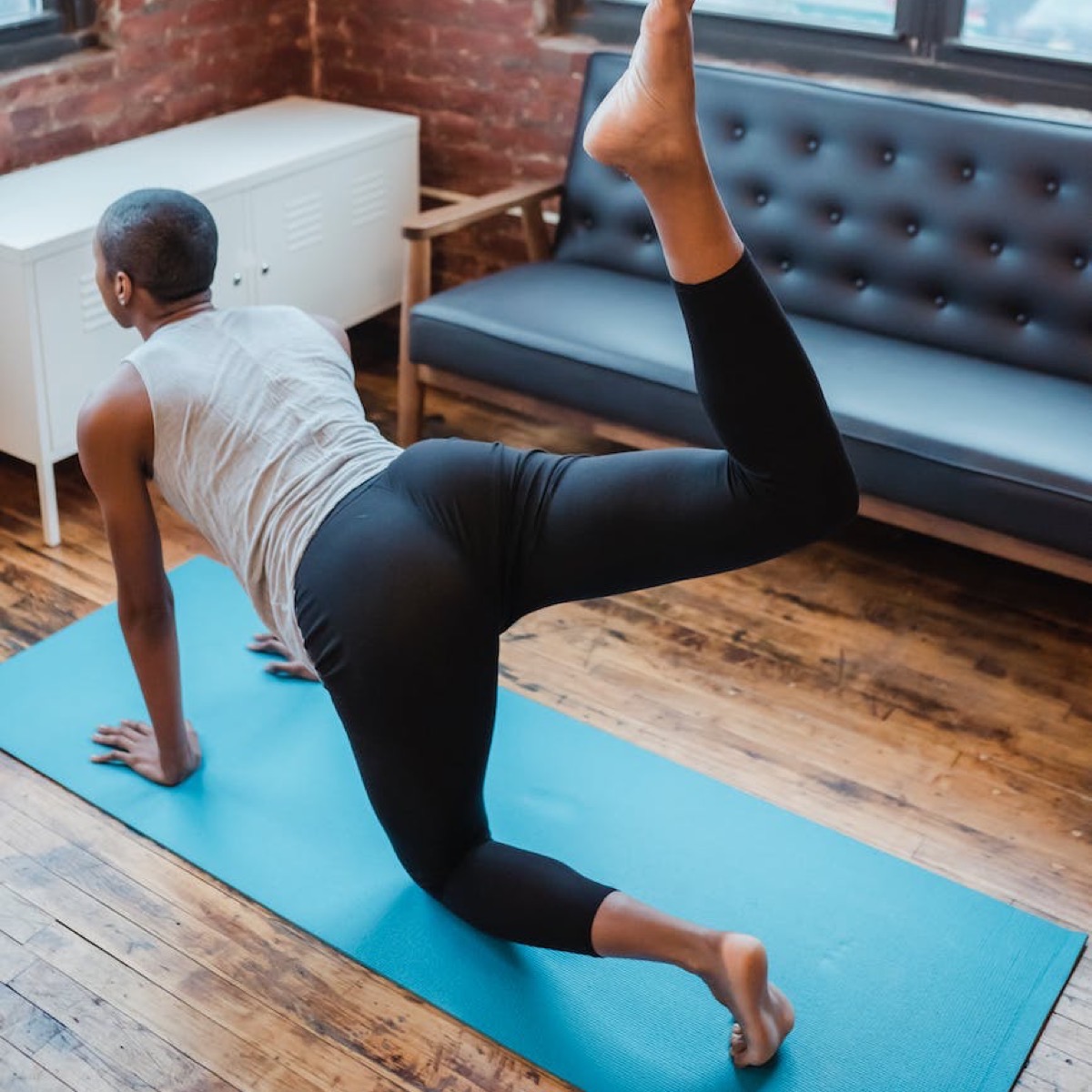I recently saw a reel on Instagram with this tall, thin, gorgeous 20 something young…

We Got Your Breathing…Now What?
After my last few blogs, we should all agree that breathing is our bodies #1 goal because….
If we don’t breathe we DIE!
Everybody on board with that?
If I didn’t teach you anything else. If we didn’t learn one more activation it would all be good. The breathing activation is the #1 most important and if you do it every day you will get a ton of benefit from just that one activation.
But in the words of the famous As Seen On TV salesman Billy Mays “Wait…there’s more”
I don’t want to stop at just the breathing activation because there is so much more to the Be Activated system.
The next stop is the Psoas.
The Psoas
The psoas muscle has gotten a ton of buzz in the last 10 or so years from the Pilates and Yoga community. It got famous and everyone was throwing it around like candy…but most people still don’t know what it is, where it is or why it is important. Before we start activating it and waking it up, I think it would be prudent to understand this muscle and its function in our body.
What is The Psoas
The word Psoas originated from Greek and it means roughly “muscle of the loin” and if you think about what a pork tenderloin looks like, then you know what your Psoas looks like. It originates off the lumbar vertebrae in your back and runs inside your pelvis and inserts on the back of your femur (upper leg bone).
The psoas has two main functions.
First, it literally holds your upper body to your lower body. With out it we would be as floppy and unstable as one of those blow up things you see at car dealerships
Second, it initiates walking. When your brain wants to walk, it tells the psoas to contract and that brings your leg forward. Movement is then transferred to your glutes and your leg moves backwards. And that is how we walk. Without the psoas we would have no way to initiate walking.
If you travel back with me to my first blog where I discussed that the body has two imperatives “To breathe and to Move” you can see that without the Psoas there would be no forward movement. And without that movement the lion would eat us.
But wait….there’s more
Those are the main functions of the Psoas from a movement standpoint. But the psoas does so much more. A tight psoas (from sitting to much) can lead to feelings of stress and anxiety. Because this muscle is so integral to basic movement, when it becomes overly tight and unhappy our bodies sense that our movement will be affected. That makes our bodies uneasy and that can lead to anxiety.
The psoas is also a place where our body likes to store its trauma and stress. We have all learned in elementary school biology that our body has three states when faced with stress: fight, flight or freeze. The psoas is strongly related to which of these states our body chooses during times of stress. In an ideal world, when we are confronted with a stressful situation (the lion stalking you on the African savannah) our bodies would figure out what it needed to do to survive the situation (fight the lion, run from the lion or freeze hopefully hiding successfully from the lion). Once the lion is gone and we have survived our bodies would release the tension created during the struggle and find a relaxed place again and all that stored tension would be gone.
That my friends is in a perfect world.
The world we live in is not perfect. In our world now, the proverbial lion is constantly chasing us. Stress is everywhere, trauma is just around the corner in front of us, or it is behind us but we are dragging it along in a wheelbarrow. Unless you work VERY HARD to release stress and tension (and I mean very hard) that shit just follows us around. That means that our poor psoas stays tight and tensed, keeping our bodies in a state of panic leading to anxiety.
Sounds bad right?
But I did say that you could do some work to get that psoas to release. And I can show you how.
Disclaimer
Before we dive into the activations for the Psoas I need to tell you something. When our bodies store anxiety, stress, trauma and tension we have to physically release it. When we do that, say by activating our psoas, that shit has to come out. Do not be surprised if, as we do the psoas activations and all the others we will journey to learn, if you get an actual emotional release. It can come in ANY form – sadness and tears, anger, joy, laughter, confusion. It can be a little scary at first, but just remember you are safe and whatever comes up is something your body needs to purge so let it happen.
AT ANYTIME IF THESE EMOTIONS ARE OVERWHELMING PLEASE CALL, EMAIL OR DM ME or if you have a therapist or friend who can listen do that: [email protected]
(In another blog I will write about my very first emotional release with Be Activated. It is a great story)
Psoas Activation #1
There are 2 activations for the Psoas. We are going to learn the first in this blog to give you something to practice.
To start, please lie down on the floor (on a yoga mat if you have one) or on the couch or bed. The floor is usually best because you can get more done on a harder surface than a squishy one. Plus, you aren’t as likely to give up and just take a nap if you are on the floor 😊
I want you to find the space on your belly that is in between your hip bones and your belly button. There should be a nice landing strip of lower belly. That is the space we are going to work in. I want you to take your fingers (all of them) or the heel of your hand – which ever seems to work best – and I want you to just massage that area. Go back and forth, take your time and say “hello” to your psoas.
While you are working in the area just notice what the tissue under your hand feels like. Can you feel the fat tissue moving around, feel the muscle underneath, does it feel bumpy or hard, tight or loose. Do you experience any discomfort in any areas. Does your body like what you are doing or does it give you the heebie jeebies.
Spend about 3 minutes exploring that area and then take 3 big belly breaths for me. Slowly get up and walk around and see what you feel.
Hooray! You just had your first conversation with your psoas. I hope the introduction was a good one. In the next blog, we will explore the psoas even further, do some before and after testing and see what our bodies feel after doing the full activation.
Latest posts by Susan Bartley (see all)
- Activated Hamstrings Make Your Splits Easier - March 17, 2023
- Re-Train the Brain, Re-Train the Body - March 10, 2023
- Let’s Get Your Glutes Going - January 13, 2023


